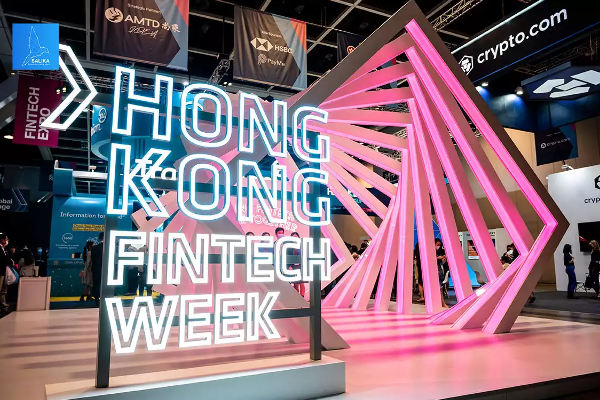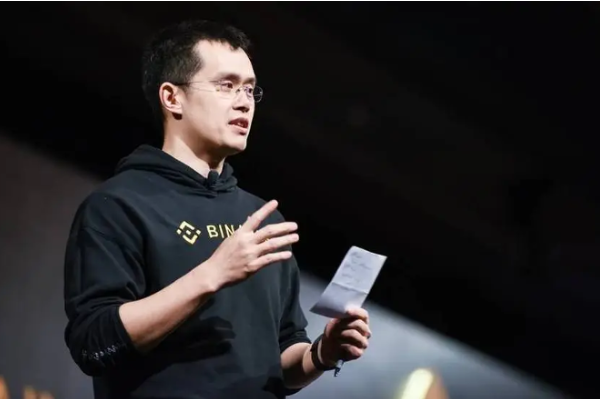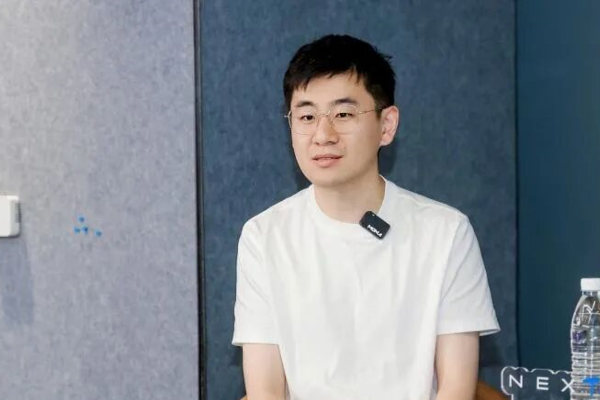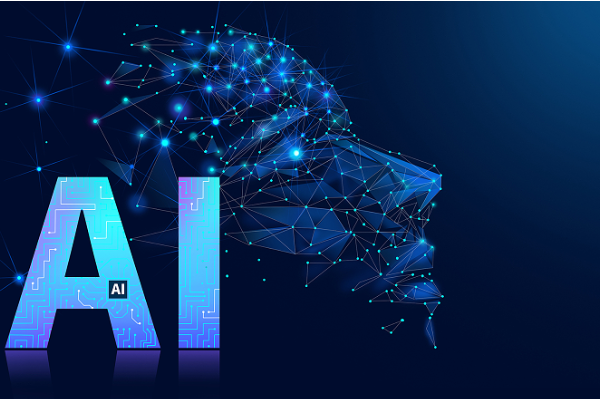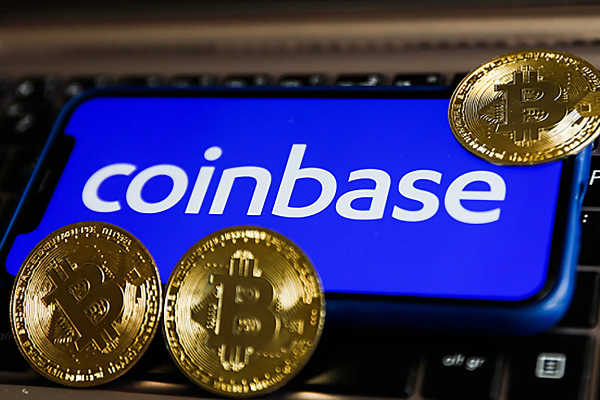How does Mira Network use decentralized networks to cure the "illusion" problem of large models?

Mira Network is a middleware network dedicated to building AI LLMs verification, building a reliable verification layer between users and basic AI models.
Everyone knows that the biggest obstacle to the implementation of large AI models in vertical application scenarios such as finance, medical care, and law is one: the "illusion" problem of AI output results cannot match the actual application scenarios that require accuracy. How to solve it? Recently, @Mira_Network launched a public test network and provided a set of solutions. Let me tell you what happened:
First, AI large model tools have "hallucinations", which everyone can feel. There are two main reasons:
1. AI LLMs training data is not complete. Although the existing data scale is huge, it still cannot cover some niche or professional information. At this time, AI tends to do "creative completion" and then cause some real-time errors;
2. AI LLMs work essentially relies on "probability sampling", which is to identify statistical patterns and correlations in training data, rather than truly "understanding". Therefore, the randomness of probability sampling, the inconsistency of training and reasoning results, etc. will cause AI to have deviations in dealing with high-precision factual problems;
How to solve this problem? Cornell University's ArXiv platform published a method to improve the reliability of LLMs results through joint verification of multiple models.
Simply put, it is to let the main model generate results first, and then integrate multiple verification models to perform "majority voting analysis" on the problem, so as to reduce the "hallucinations" generated by the model.
In a series of tests, it was found that this method can increase the accuracy of AI output to 95.6%.
In this case, a distributed verification platform is definitely needed to manage and verify the collaborative interaction process between the main model and the verification model. Mira Network is such a middleware network dedicated to building AI LLMs verification, building a reliable verification layer between users and basic AI models.
With the existence of this verification layer network, integrated services including privacy protection, accuracy guarantee, scalable design, and standardized API interfaces can be realized. It can reduce the illusion of AI LLMs output to expand the possibility of AI landing in various subdivided application scenarios. It is also a practice that Crypto distributed verification network can act on the process of AI LLMs engineering implementation.
For example, Mira Network shared several cases in finance, education, and blockchain ecology to prove this:
1) After Gigabrain, a trading platform, integrates Mira, the system can add a link to verify the accuracy of market analysis and predictions, filter out unreliable suggestions, improve the accuracy of AI trading signals, and make AI LLMs more reliable in DeFai scenarios;
2) Learnrite uses mira to verify standardized test questions generated by AI, allowing educational institutions to use AI to generate content on a large scale without affecting the accuracy of educational test content to maintain strict educational standards;
3) The blockchain Kernel project uses Mira's LLM consensus mechanism to integrate it into the BNB ecosystem, creating a decentralized verification network DVN, which ensures the accuracy and security of AI calculations on the blockchain to a certain extent.
That's all.
In fact, Mira Network provides middleware consensus network services, which is definitely not the only way to enhance AI application capabilities. In fact, data-side training enhancement, multi-modal large model interaction enhancement, and privacy computing enhancement through potential cryptographic technologies such as ZKP, FHE, and TEE are all optional paths. But in comparison, Mira's solution is fast in implementation and has direct effects.
